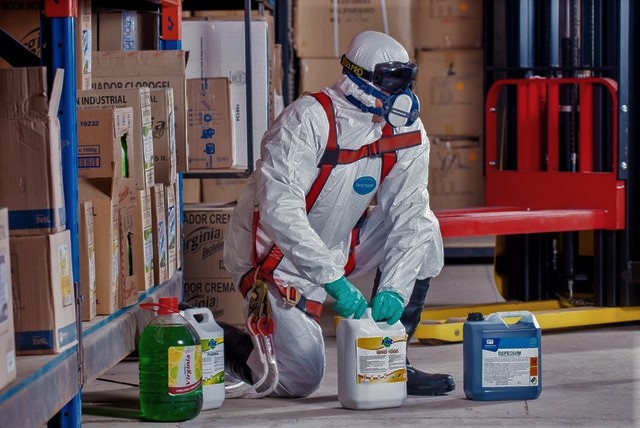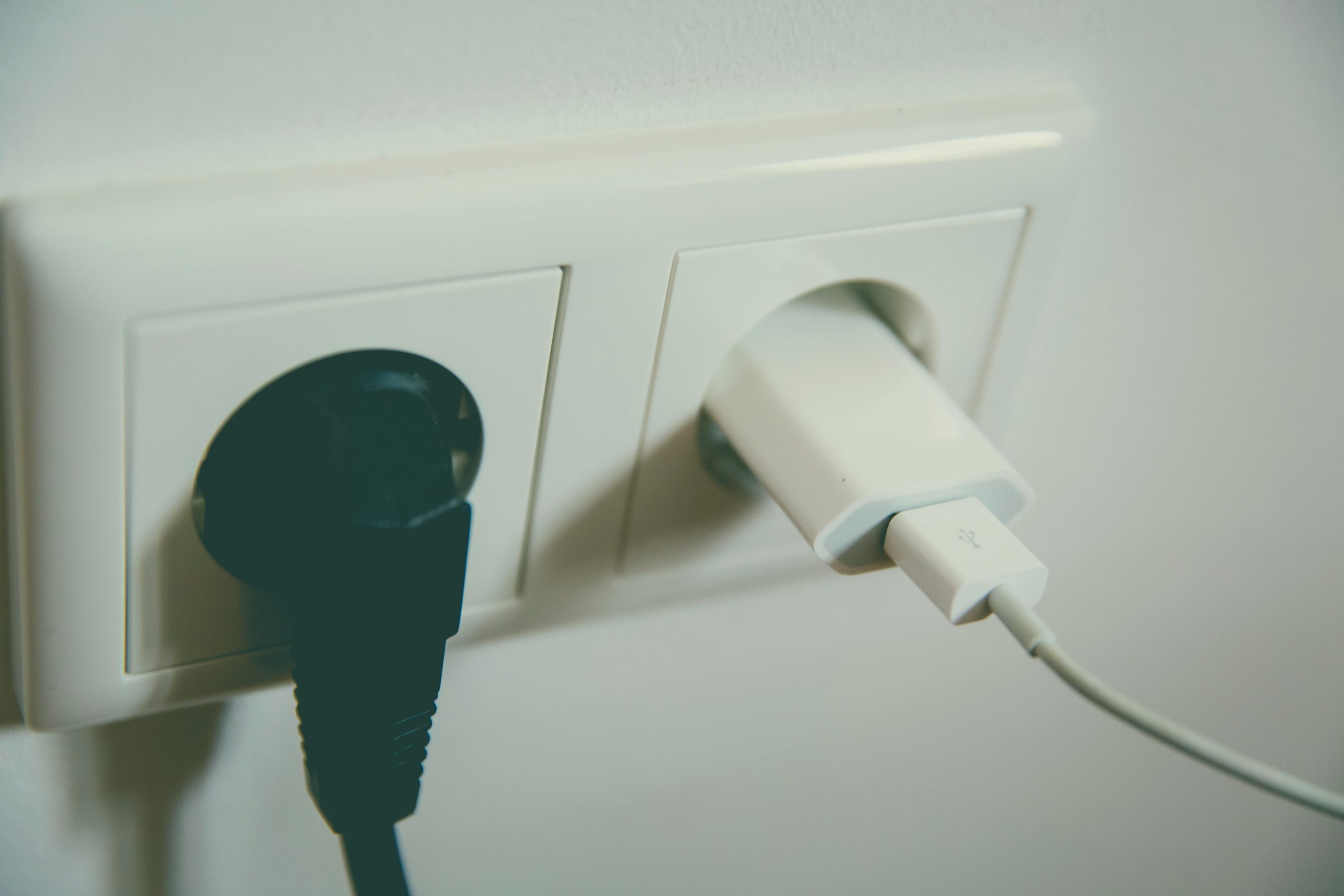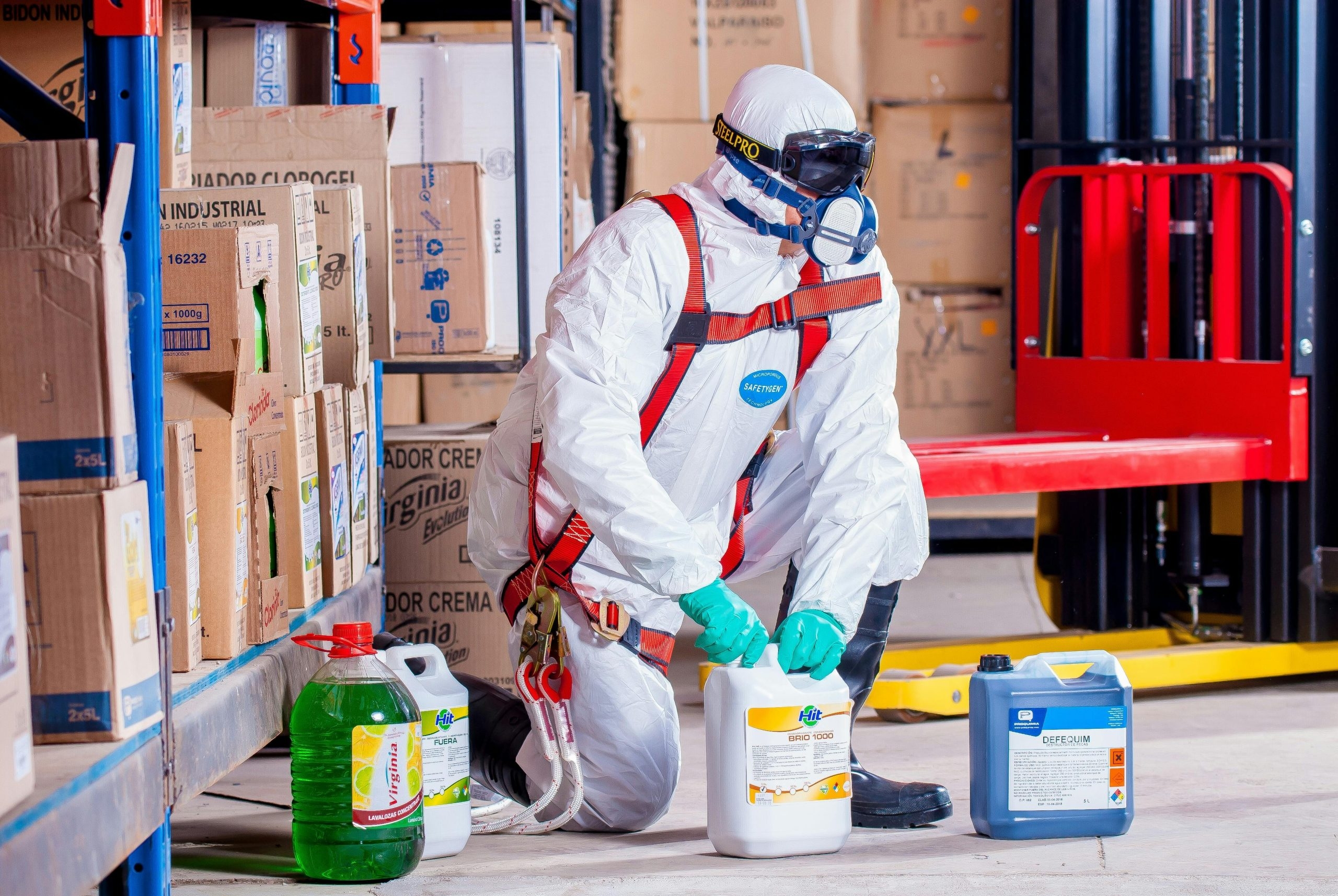The attainment and maintenance of indoor air quality should be a priority for any organisation. Protecting your workforce from exposure to potentially harmful pollutants is a vital factor in the management and control of workplace hazards. The problems of working in contaminated air is exacerbated when that work is undertaken in confined or restricted spaces. If the contaminated air is allowed to recirculate, harmful contaminants will accumulate and therefore increasing the potential for harm to workers. Appropriate air purification and respiratory protective equipment are proven and dependable methods of achieving a safe working environment.

Respiratory Protective Equipment (RPE)
Where the work involves the use of respiratory protective equipment (Respiratory Protective Equipment (RPE), a type of personal protective equipment (PPE) is designed to protect against particles, gases and vapours.), it has to be assured that the supply delivered is breathing quality air.
Different Types of RPE
RPE is divided into two main types:
- Respirator (filtering device) – uses filters to remove contaminants in the workplace air , there are two main types:
- Non-powered respirators – rely on the wearer’s breathing to draw air through the filter
- Powered respirators – use a motor to pass air through the filter to give a supply of clean air to the wearer
- Breathing apparatus (BA) – needs a supply of breathing-quality air from an independent source (e.g. air cylinder or air compressor)
Both respirators and BA are available in a range of different styles, which can be put into two main groups:
- Tight-fitting facepieces (often referred to as masks) – rely on having a good seal with the wearer’s face. These are available as both non-powered and powered respirators and BA. Examples are filtering facepieces, half and full-face masks.
- Loose-fitting facepieces – rely on enough clean air being provided to the wearer to prevent contaminant leaking in (only available as powered respirators or BA). Examples are hoods helmets, visors and suits.
WARNING: Only BA is suitable for use in oxygen deficient atmospheres (Source HSE)
Air Purity
In order to regulate the health risk and comply fully with regulatory requirements, it is essential that guaranteed purity levels are achieved by the purification unit within the compressed air network. The ideal breathing air purifier should have a capacity to take air from any type of compressor and convert it into ultra-clean breathing quality air. It needs to combine the functions of water separation, contaminant filtration and desiccant (Desiccant – a hygroscopic substance used as a drying agent) drying of the air output.
It is critical that respiratory air produced by a compressor is purified and that air quality is measured and monitored regularly to assure compliance with international standard BS EN 12021:2014 in Europe or an equivalent alternative standard in another jurisdiction
As stated, when selecting the appropriate purification equipment, it must be remembered that contaminants will be in one of three states of matter, solid, liquid or gaseous. The corresponding contaminant limits within EN 12021:2014 requirements are as follows:
- Odour: the gas shall be free from any unsatisfactory odour or taste
- Oxygen: content shall be 21% +/- 1%
- Carbon dioxide: content shall be less than 500 ppm
- Carbon monoxide: content shall be less than 5 ppm
- Oil: content shall be less than 0.5 mg/m3
- Water (for airlines less than 40BarG): where the apparatus is used and stored at a known temperature the compressed breathing air shall have a dew point (Dew Point – the atmospheric temperature (varying according to pressure and humidity) below which water droplets begin to condense and dew can form) sufficiently low to prevent condensation and freezing and be at least 5°C below the likely lowest temperature. Where the conditions of usage and storage of any compressed air supply is not known, the pressure dew point shall not exceed -11°C
Speak to our team of Health and Safety Consultants today for specific advice and support for your business.






